Right now there is great deal of exciting music available for three flutes, so if you are lucky enough to belong to a good trio there is plenty to keep you interested.
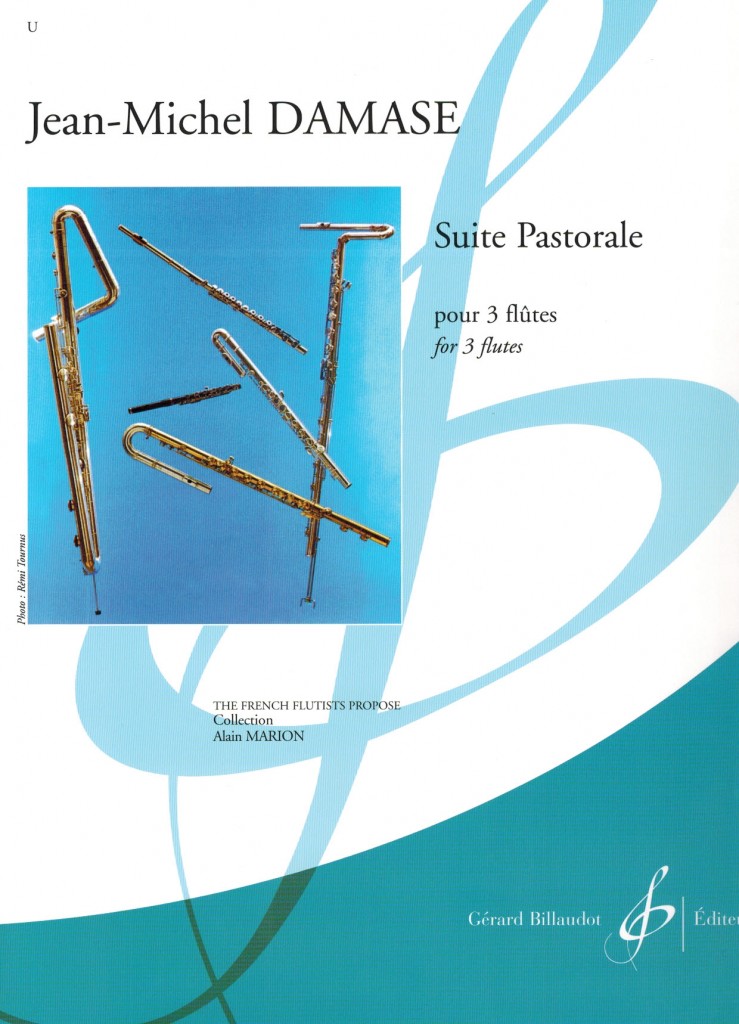
Suite Pastorale by Jean-Michel Damase is a great place to start. Enigmatic harmonies underpin approachable rhythms, the Pastorale of the title being evident throughout. The second movement Pastourelle flows gently as if dreaming, the finale Rondeau is a lovely jaunt, but the first movement, Carillons, is just beautiful.
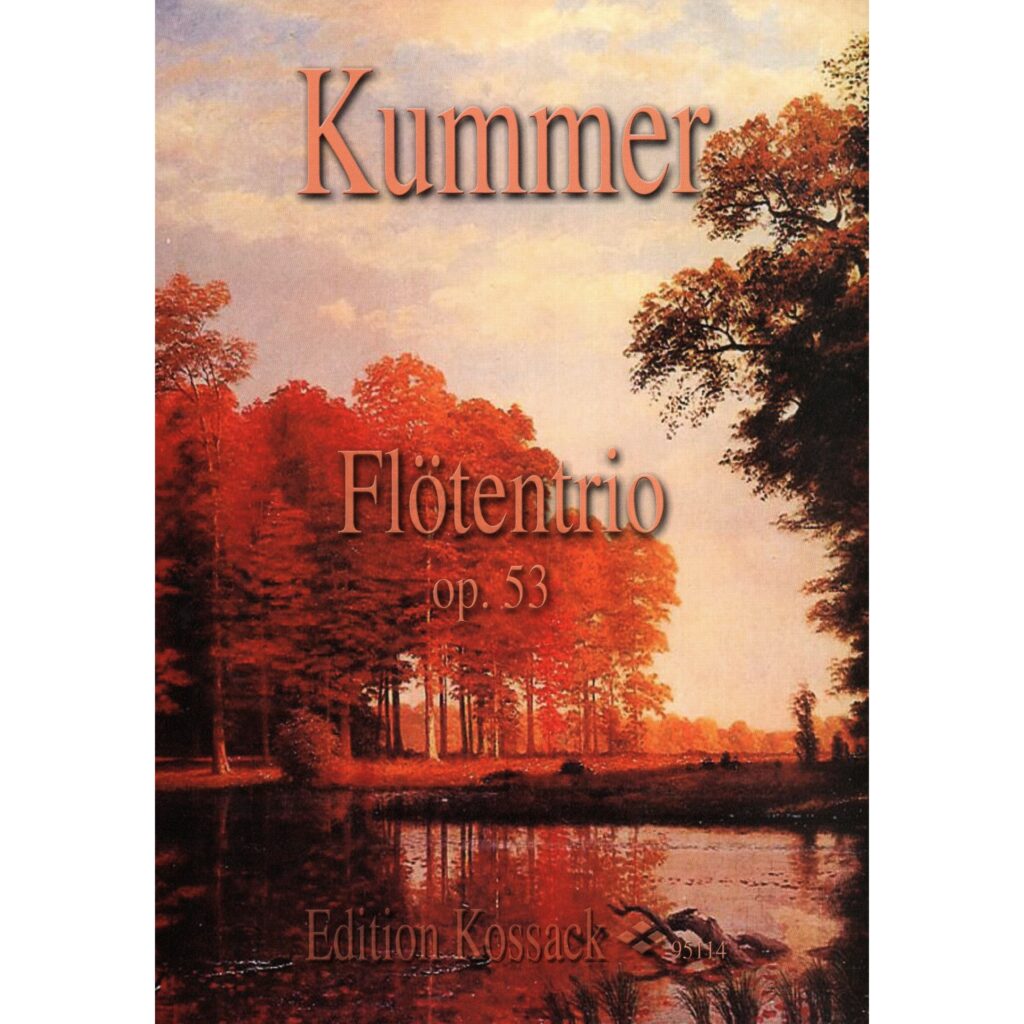
If you prefer your lyricism a little more grounded you could try any of the trios by Caspar Kummer. Trio Op.53 is wonderfully Romantic in style – pure flute music. Written in a conventional fast/slow/fast movement format, his melodies weave their magic throughout. This is a true delight.
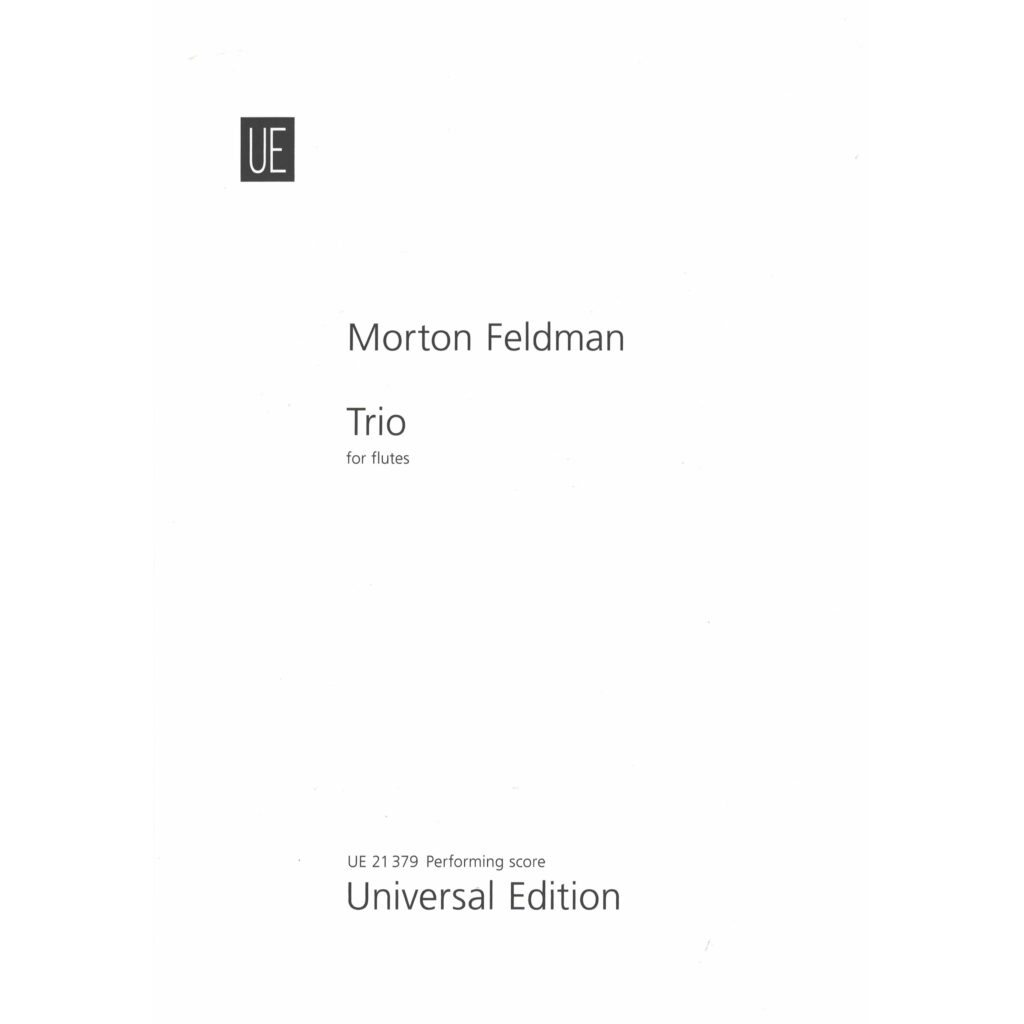
Perhaps one of the most esoteric pieces for this combination is Morton Feldman’s Trio, written in 1972. On paper, it seems that there is little to this – just two pages of score containing nothing faster than a quaver or higher than a middle register G flat. The interest is in all the harmonies that clash and resolve constantly throughout.
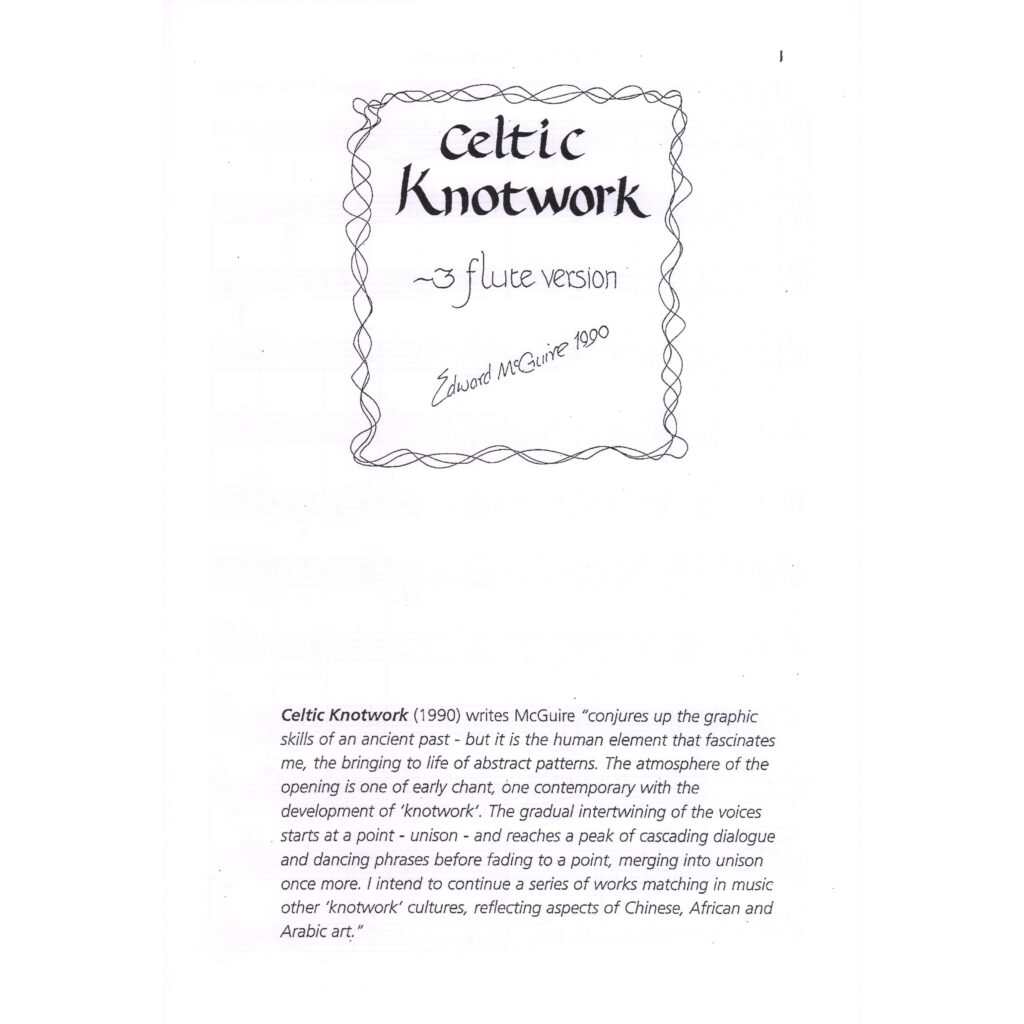
Another compelling work which relies on texture is Celtic Knotwork by Edward McGuire. The “knotwork” effect can be easily heard by the close interweaving of all three parts. The opening Lento evokes misty mornings with bagpipes in the distance and this is followed by the more lively Slip Jig. The cadenza in canon is really effective, and the work ends as it began.
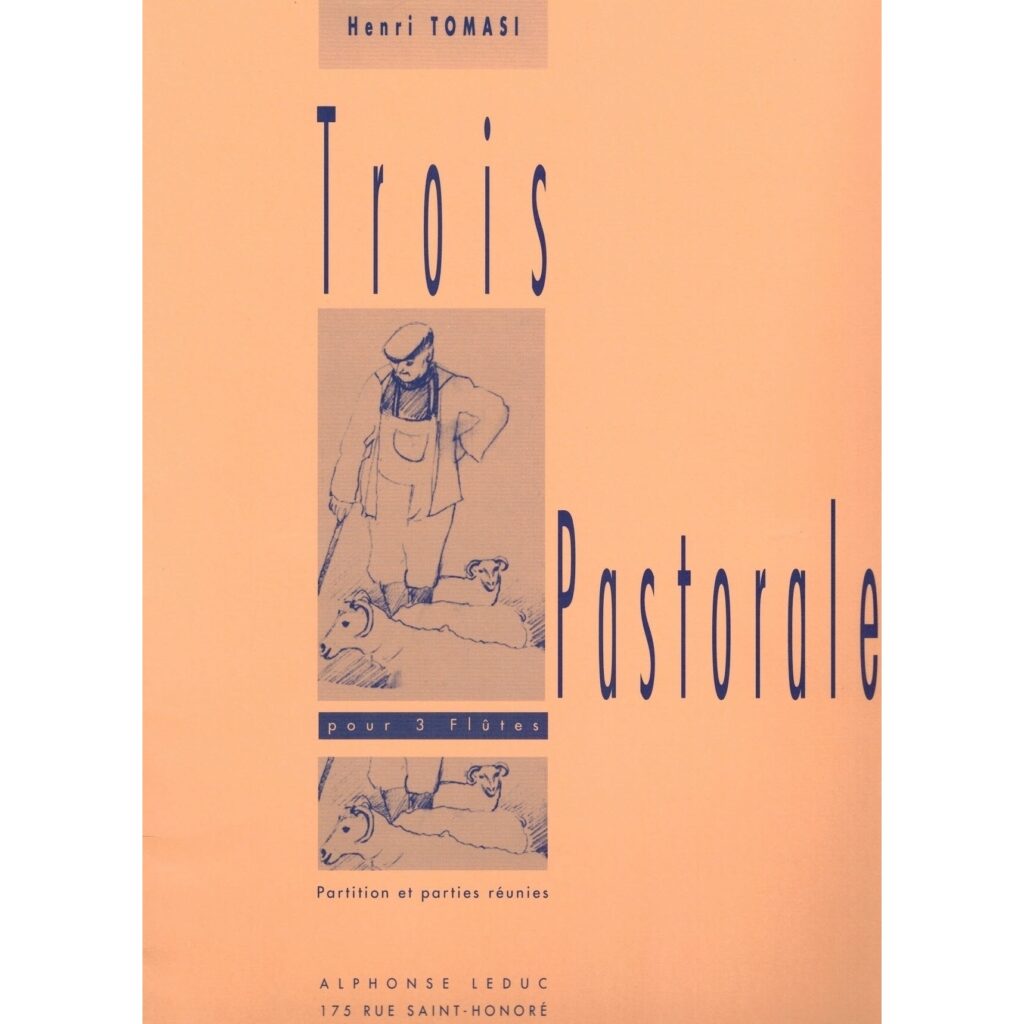
Trois Pastorales by Henri Tomasi also uses some more unusual harmonies. Tomasi really knew how to write for flutes and this is full of challenges for each player. The beguiling melody in Bolivienne is passed around effectively, whilst the atmospheric Cretoise fluctuates in mood. The Sicilienne Saltorello will especially wow an audience! If you haven’t tried Tomasi before, do give this a try – even if it is at the higher price end.
This is just a small selection of repertoire available, but I hope it gives you a good starting point to explore more of the great repertoire for three flutes.

